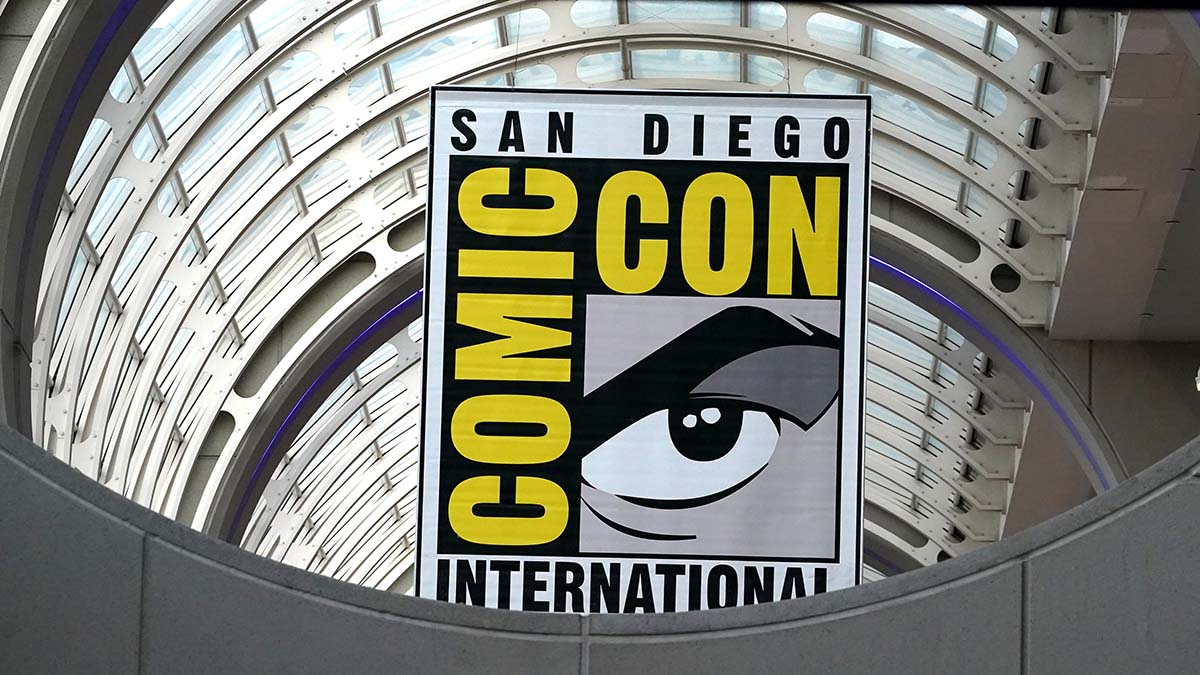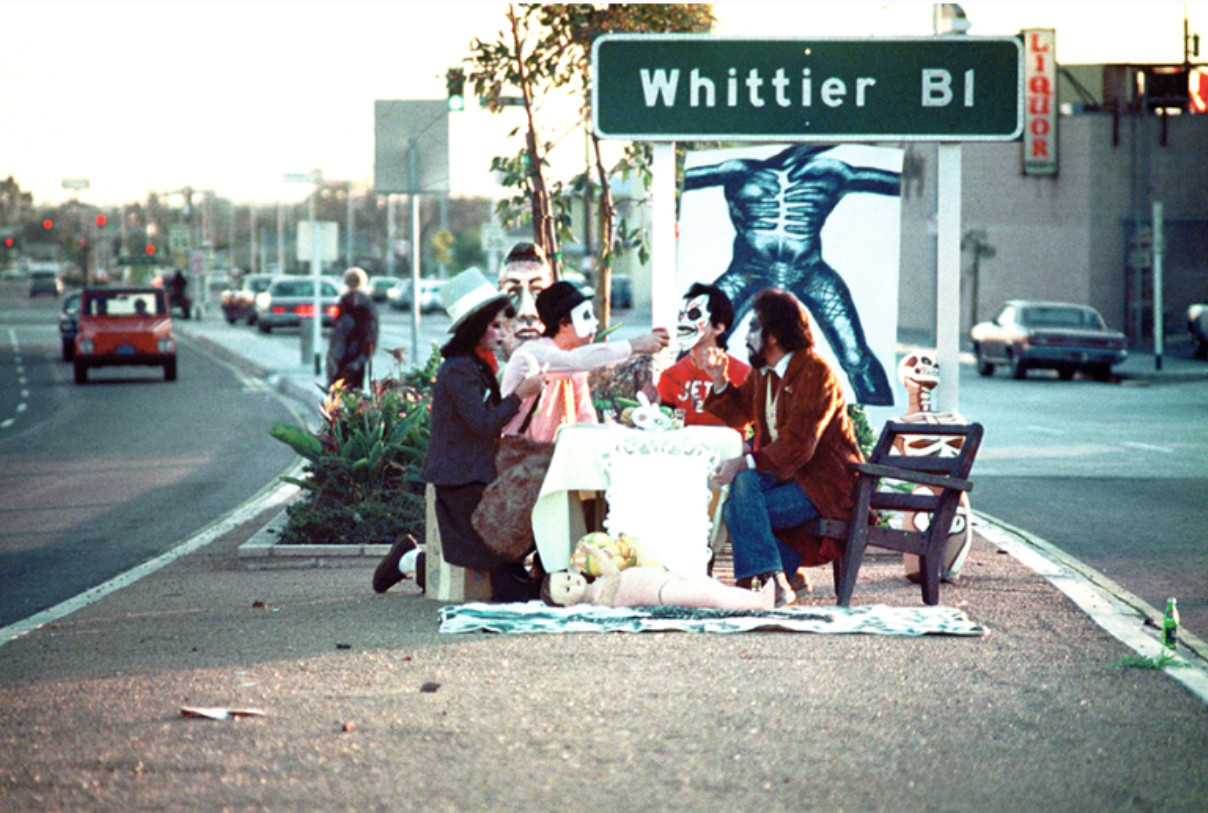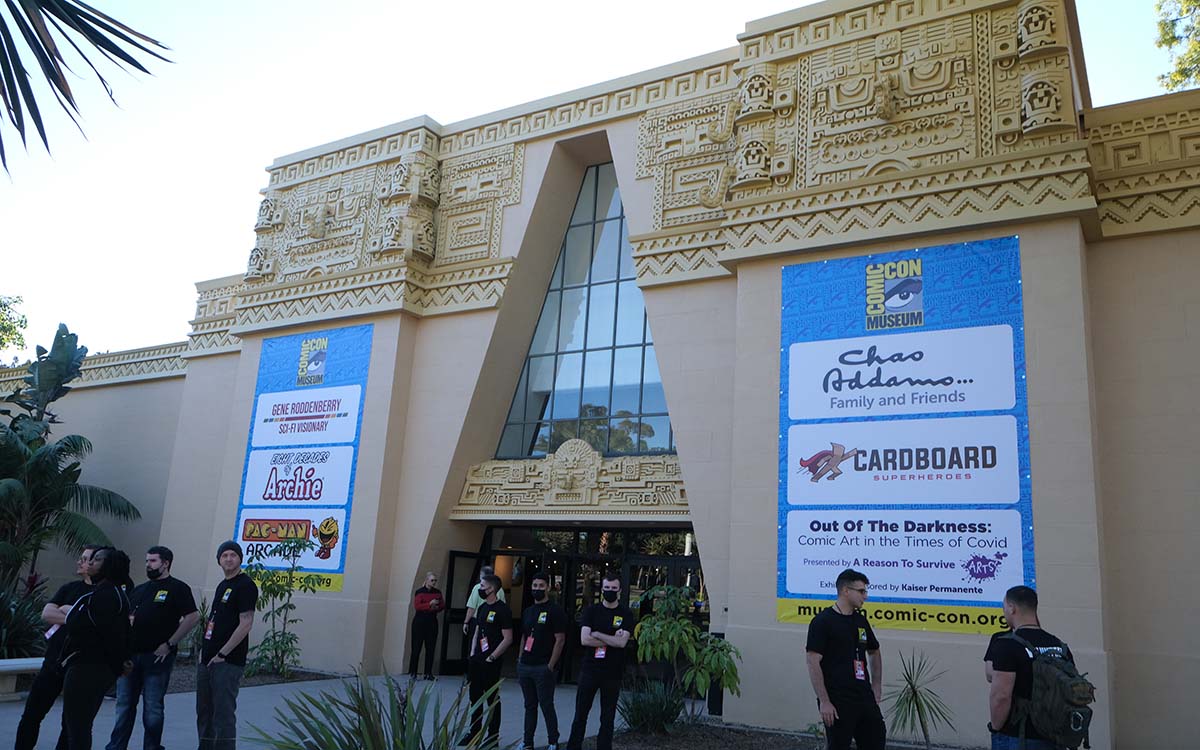CityScape: 50 Years After a Visionary Report, a Binational Coastal Paradise Is Still Attainable


The question mark in “Temporary Paradise?” is essential. Fifty years ago, urban planners Kevin Lynch and Donald Appleyard were hired by San Diego benefactor Hamilton Marston to examine our binational region and provide their recommendations. Could the assets of our paradise be sustained as our border metropolis boomed?
Lynch, who died in 1984, was a Boston urban planner, academic and author. Appleyard, who died in 1982, was his Berkeley counterpart. Over two years, in the course of producing their landmark study, they made many trips to San Diego. They visited several communities, talked to a range of San Diegans, met with City of San Diego planners Max Schmidt and Mike Stepner as well as an advisory board appointed by the city council and Mayor Pete Wilson. In 1974, they issued their 50-page report.
“Temporary Paradise?” was back in the public eye last year during World Design Capital San Diego Tijuana 2024. It was the subject of workshops organized by Appleyard’s son Bruce, a planner, author and professor at San Diego State University. At 50, it remains worthy of a spotlight.
In words, photos and illustrations, “Temporary Paradise?” considers the natural and manmade landscape, from coast to desert, suburbs to inner city. In clear, sometimes poetic language, Lynch and Appleyard deliver their ideas. They were smitten with our region’s oceanfront, canyons, mesas and wildlife. They noted distinctive topography from west to east as well as striking socioeconomic disparities. How could we protect the topography and best serve all residents as the region came of age?
Considering downtown San Diego, they describe a spectacular bayfront, with easy public access and gorgeous views from many downtown locations. These assets were in danger of being obliterated by poorly planned development. In places, downtown was rundown. The core, then consisting of older buildings and a handful of high-rises, seemed lifeless during the day, while Horton Plaza on Broadway, though “brash and tawdry,” teemed with activity. People gathered to watch jets of water spew within a domed fountain designed by Irving Gill. With surrounding greenery and seating, the plaza was a magnet for people, a model of good placemaking that should be replicated.
Downtown today? That’s a whole book about the good, the bad and the ugly.
North Park, the authors found, was an inviting neighborhood of historic homes, in need of exciting new storefronts and streetscapes, careful routing of traffic, and the addition of bike lanes. It would make a logical stop along a potential new city rail line, and it was also an ideal locale for new infill development to provide much-needed housing.
Today, North Park has, in many ways, grown as Lynch and Appleyard suggested. The new 2.3-mile Pershing Bikeway is one example. But growth has also heightened concerns about the location, design and scale of dense new projects.
Barrio Logan and surrounding neighborhoods, the authors observed, were in dire need of TLC. Buildings and streets were in disrepair, basic infrastructure such as schools and libraries was absent. In general, San Diego’s bayfront would benefit from removing uses not reliant on the waterfront, such as certain types of industry and even San Diego’s airport, which might be relocated to another location such as Otay Mesa or Miramar.
Of course the airport, for better or worse, remains in place, vastly expanded, but Barrio Logan today is a vibrant example of revitalization in the spirit of a diverse community.
Meanwhile, according to Lynch and Appleyard, Mira Mesa represented urban sprawl at its worst, an endless sea of tract houses built so rapidly that neighborhoods were not well planned, commercial and residential streetscapes were bland, and basic services such as schools, parks and libraries did not yet exist. Additionally, the new community would need plenty of water and power, but green ways of delivering them were not in the picture.
Mira Mesa is a much better place today. Its branch library is stocked with books in many languages. Mira Mesa High School has a striking new music center. Landscaping along streets and sidewalks is much improved, and there are many parks for many types of recreation.
“Temporary Paradise?,” its creators state, was not intended as a formal document for governance. Instead, it was seen as a resource for future planning. Several of its recommendations, according to Stepner, were incorporated into San Diego’s 1979 Progress Guide and General Plan. Stepner, Bruce Appleyard and many others believe the study is more relevant today than ever.
“The suggestions they made regarding infill and what makes a complete community could provide a useful tool in helping to address Mayor Gloria’s priorities of housing, homelessness, infrastructure and public safety,” Stepner says.
Sustaining his dad’s work, of which “Temporary Paradise?” is only a small part, is Appleyard’s passion. His father wrote books like “Livable Streets” and “The Conservation of European Cities.” Bruce’s book “Livable Streets 2.0” (2020) adds significantly to his dad’s original.
Ironically, Donald Appleyard, an expert on neighborhood traffic control whose traffic calming strategies were implemented in Berkeley and remain in place today, perished when he was hit by a drunk driver during a visit to Greece. Bruce was 17, and he saw his father for the last time when he dropped him at San Francisco International Airport.
Since 2016, he has been gathering ideas for a successor to “Temporary Paradise?,” including at WDC2024 workshops he organized with Stepner, with an eye toward the next 50 years. Also in conjunction with WDC, he and Stepner re-issued the original “Temporary Paradise?” in slick magazine format, with back-to-back Spanish and English texts and new introductory remarks by planning experts including the two of them.
Framing Appleyard’s efforts toward a new “Temporary Paradise?,” the years 2016 and 2024 stand out like big red warning flags, for obvious reasons. Appleyard is adamant, as was his father, that San Diego and Tijuana should join forces to create a binational identity together. He is not shy about naming names, particularly one, when he explains why these days, obstacles to such unity are greater than ever.
Other than binational relations, “I think housing is still the number one issue. We need to find ways to build denser projects in politically powerful communities like Mission Hills, where I live.” He believes there are ways to mediate between NIMBYs and those who could bring new housing.
Last year, Appleyard wrote and distributed a “Declaration of Interdependence for San Diego Tijuana” that is included in the 2024 reprint of “Temporary Paradise?” As the title indicates, it confirms the necessity of a binational partnership.
During WDC2024, he sought signatures of endorsement. Hundreds added their names to the declaration, he says, but not the mayors of San Diego and Tijuana, although he handed it to them in person.
Dirk Sutro has written extensively about architecture and design in Southern California and is the author of architectural guidebooks to San Diego and UC San Diego. His column appears monthly in Times of San Diego.
CityScape is supported by the San Diego Architectural Foundation, promoting outstanding architecture, landscape, interior and urban design to improve the quality of life for all San Diegans.
Categories
Recent Posts










